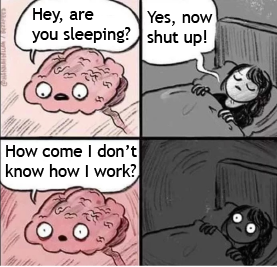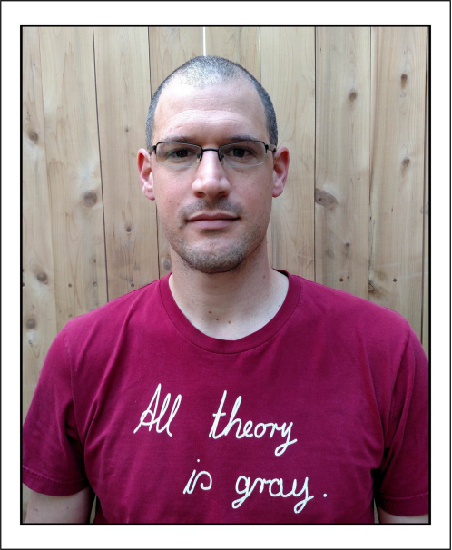About
Hi! I'm Yarden. I grew up in Israel, in a kibbutz by the Jordan river. In this small community, steeped in pastoral countryside and a social experiment of sorts, nature was near, beautiful, and fascinating. Being a scientist, I believe, is my way of retaining this sense of wonder while advancing society by creating knowledge and teaching.
I studied physics and mathematics at the Hebrew university in the Talpiot program and received my PhD from the Weizmann institute. In my dissertation, I investigated how humans and non-human primates learn new concepts. Surprisingly, or maybe not, the time evolution of these complex behaviors opened a unique window into their underlying neural mechanisms.
In my current reseach, I combine this approach with lessons from years of playing the piano and focus on flexible memory-dependent motor sequences. To this end, I developed a unique model in singing canaries - virtuosos capable of innate acquisition and production of vocal sequences unfolding in time scales and syntax rules similar to human behavior.
As a research fellow at Harvard Medical School, I also collaborate with surgeons and study brain activity of patients that perform language tasks in the OR. My goal is to bridge neural mechanisms identified in canaries and those involved in speech - creating new insights into how complex behaviors and cognition are assembled from simpler components and leveraging translational therapeutic benefits.
Research interests

The question of how neurons cooperate in a massively interconnected network to generate high-level cognitive functions is one of the most intriguing and important problems in today’s biological and medical sciences. An answer to this question entails creating a mechanistic understanding of how from unreliable spiking neurons, connected with plastic synapses, emerge stable brain structures that support reliable functionality. I want to understand how a complex biological system, like the brain, processes sensory and internally generated information to guide behavior and how development and experience shape neural circuits and reorganize their function.
Current research plan: The neural language of song
In flexible behavior like speech and tool-use, the brain uses the identity of past actions to select upcoming ones. This form of memory impacts premotor neural activity. Its dysfunction leads to notable speech and executive-motor deterioration in aging and neurodegenerative or mental illnesses. My ultimate goal is to understand how an acquired, versatile, and adaptable behavior such as speech emerges from unreliable spiking neurons and plastic synapses. Using machine-learning-based real-time behavior perturbations and powerful experimental tools for recording and manipulating identified neural components I will systematically dissect circuits that generate variable motor sequences in a uniquely-advantageous model – canaries. Exploiting canaries’ innate and rich song behavior, characterized by high-order syntax rules and precise execution of basic elements, my research follows two broad questions. First, what circuit components and forms of neural activity support their repertoire of vocal sequences? Second, how can such a stable neural function be learned, maintained, and re-learned from a memorized copy while seasonally losing many neurons and incorporating new ones into the circuit? These questions are central to our overall understanding of brain function, but are uniquely accessible in canaries.
Teaching philosophy
Henri Poincaré once described how after weeks of struggling with an exceptionally-hard mathematical problem the answer suddenly came to him while getting on a bus in his vacation. I believe that mastering concepts in exact sciences is an organic process that, like Poincaré’s example, involves creative thinking and implicit skill learning. As a teacher and mentor, my role is to facilitate this process using approaches rooted in my understanding of the neurobiological basis of learning and memory. My goal is that all students will develop a mechanistic picture of the nervous system using the biological and mathematical languages by which we study and explain brain functions. My guiding principles in achieving this goal are comprehensiveness and clarity.
